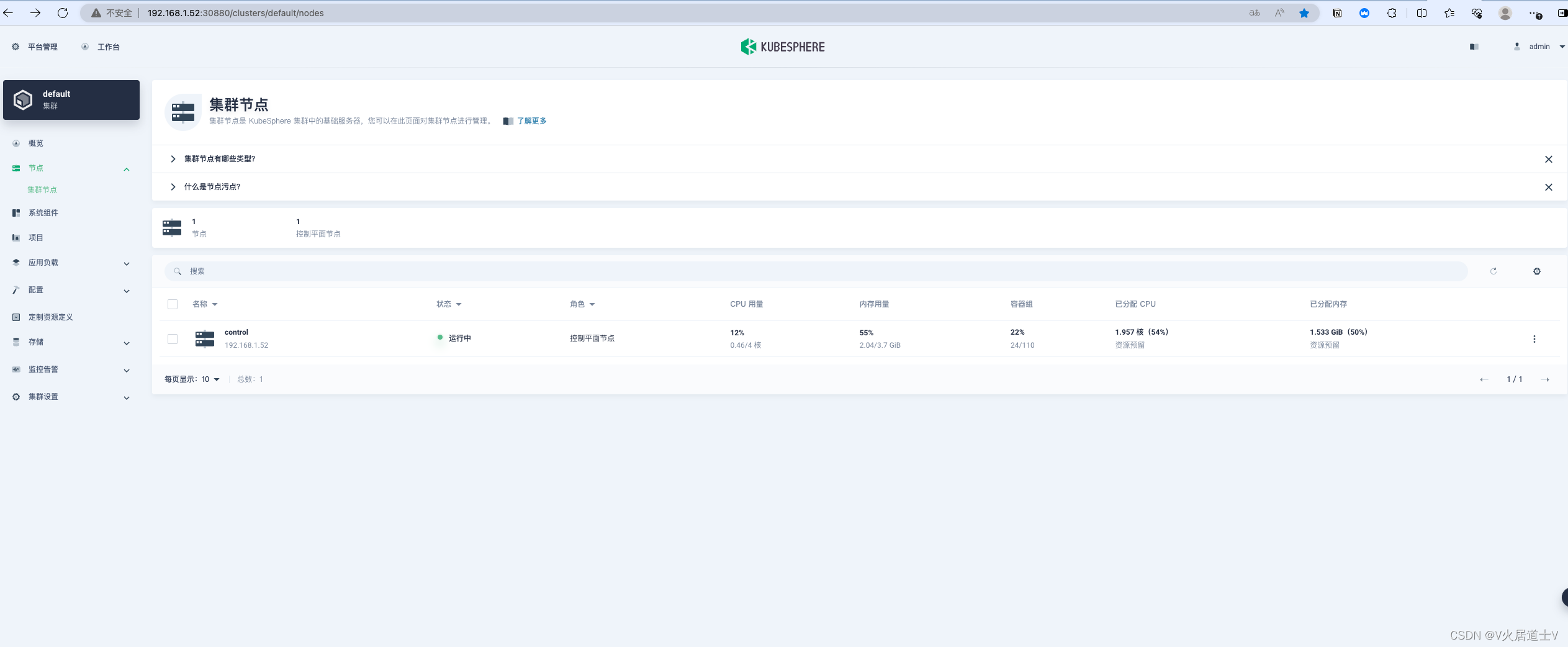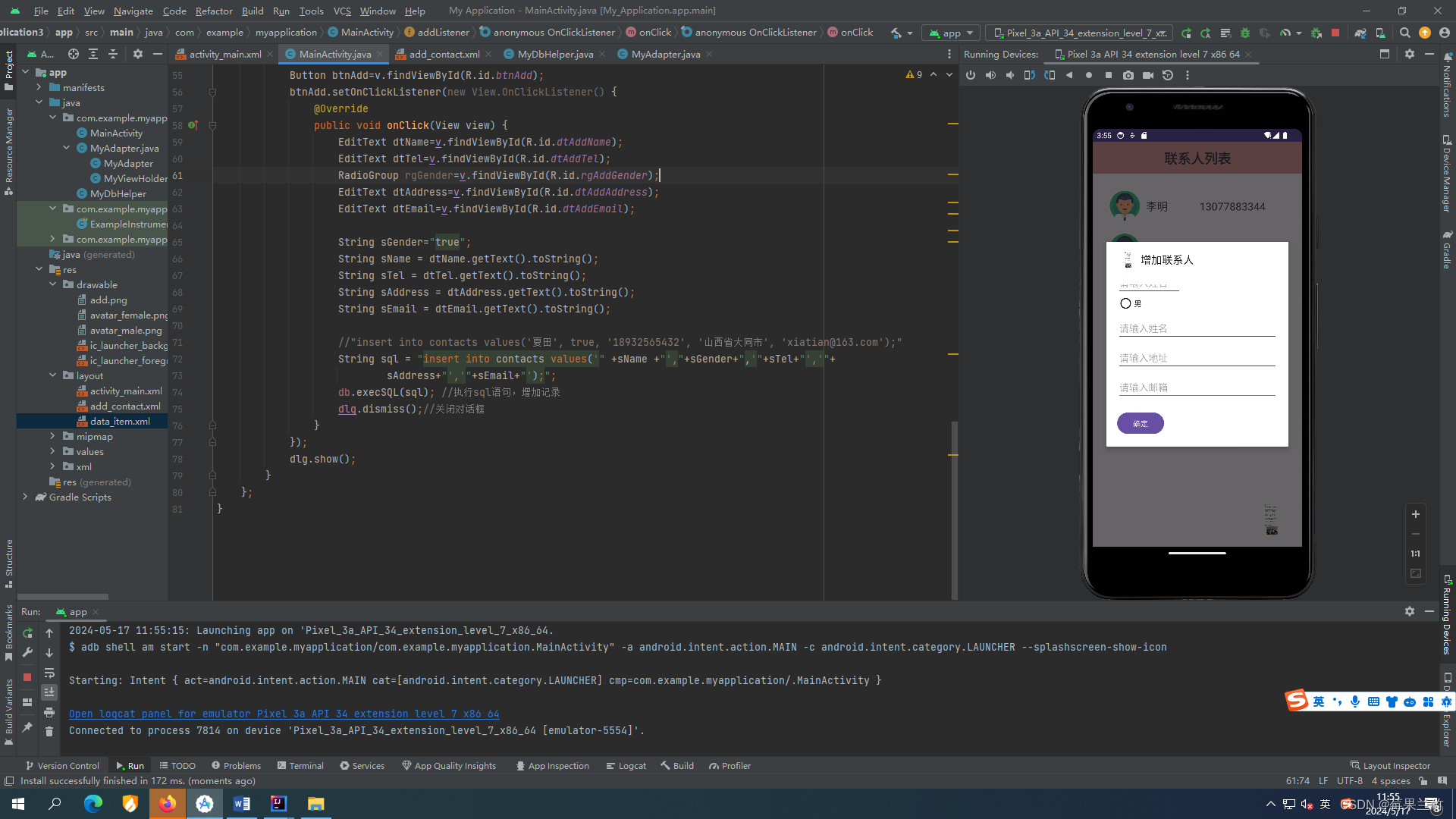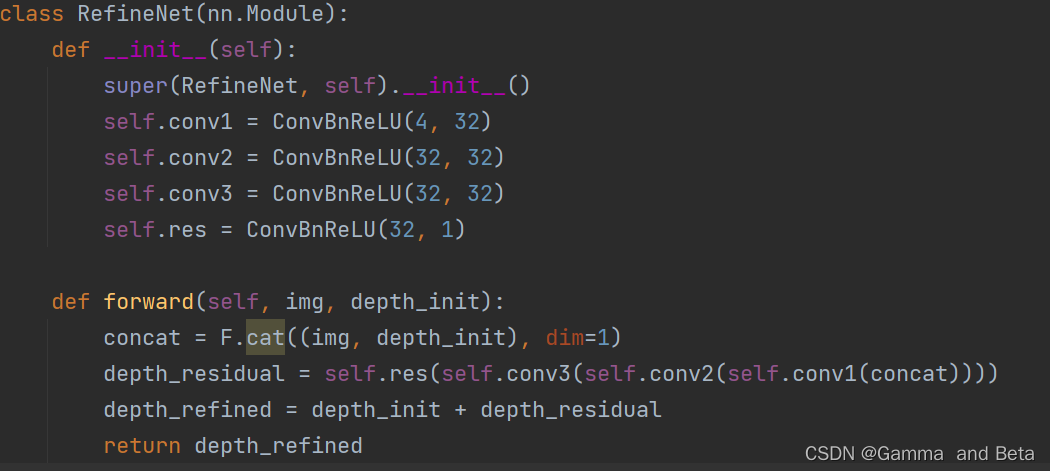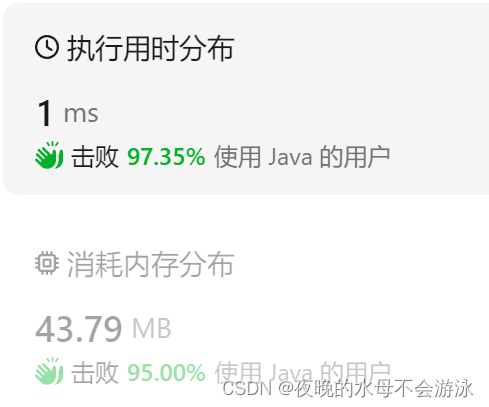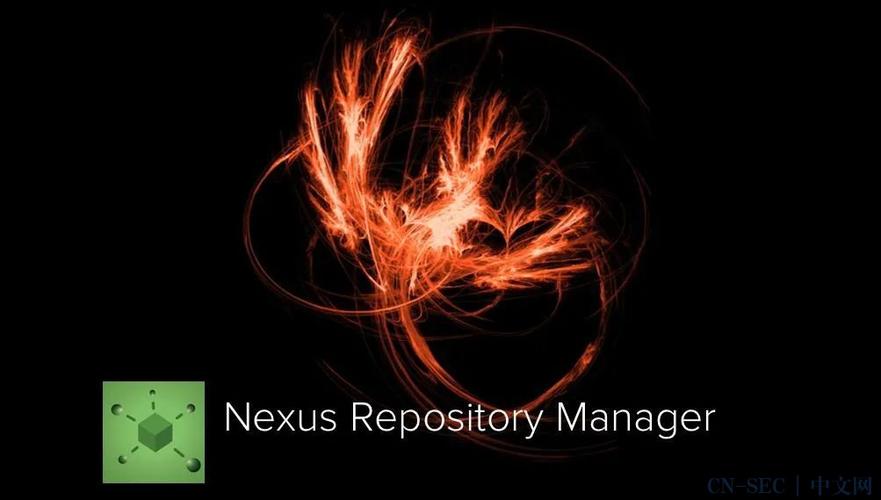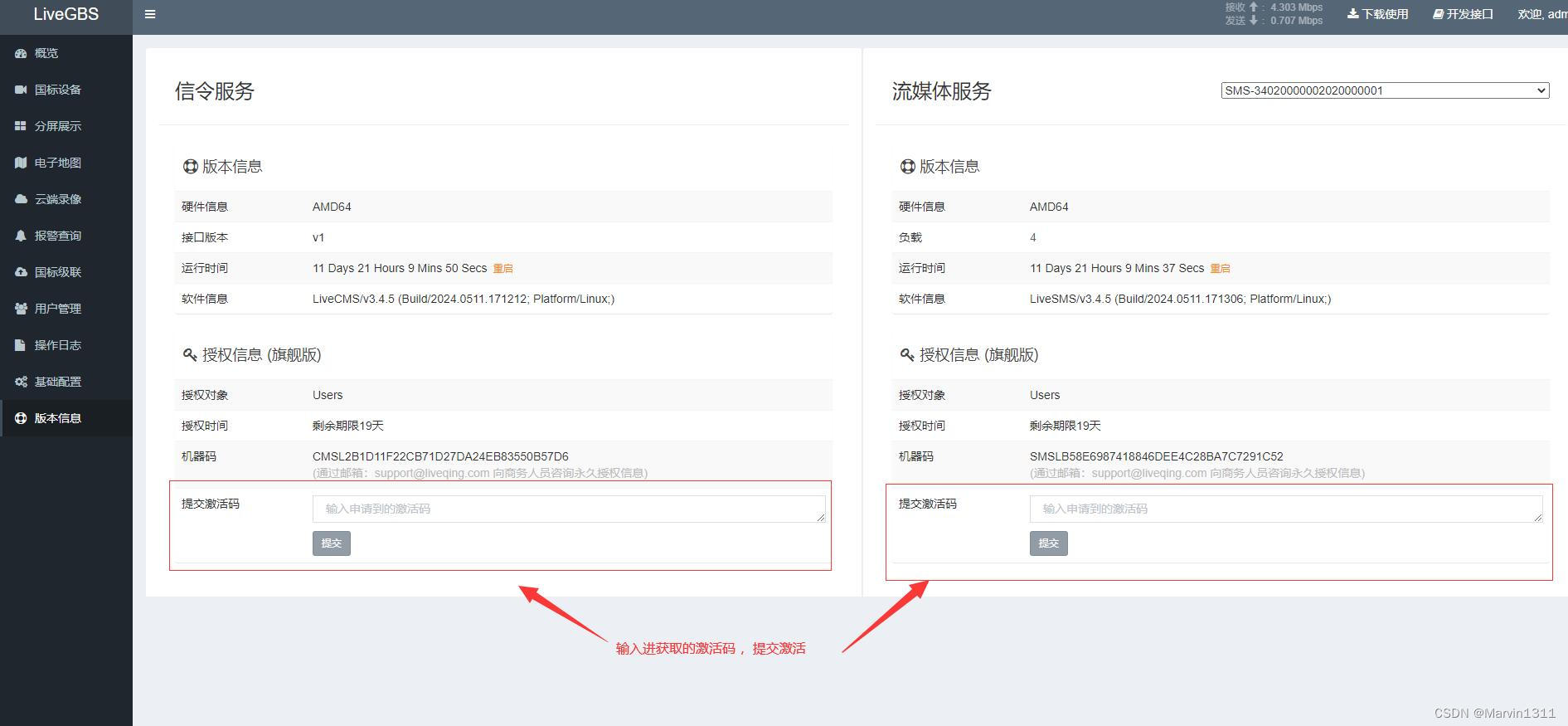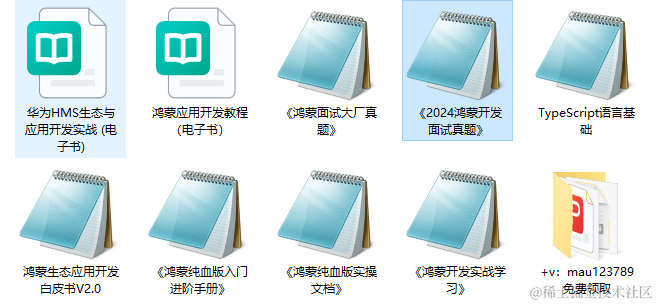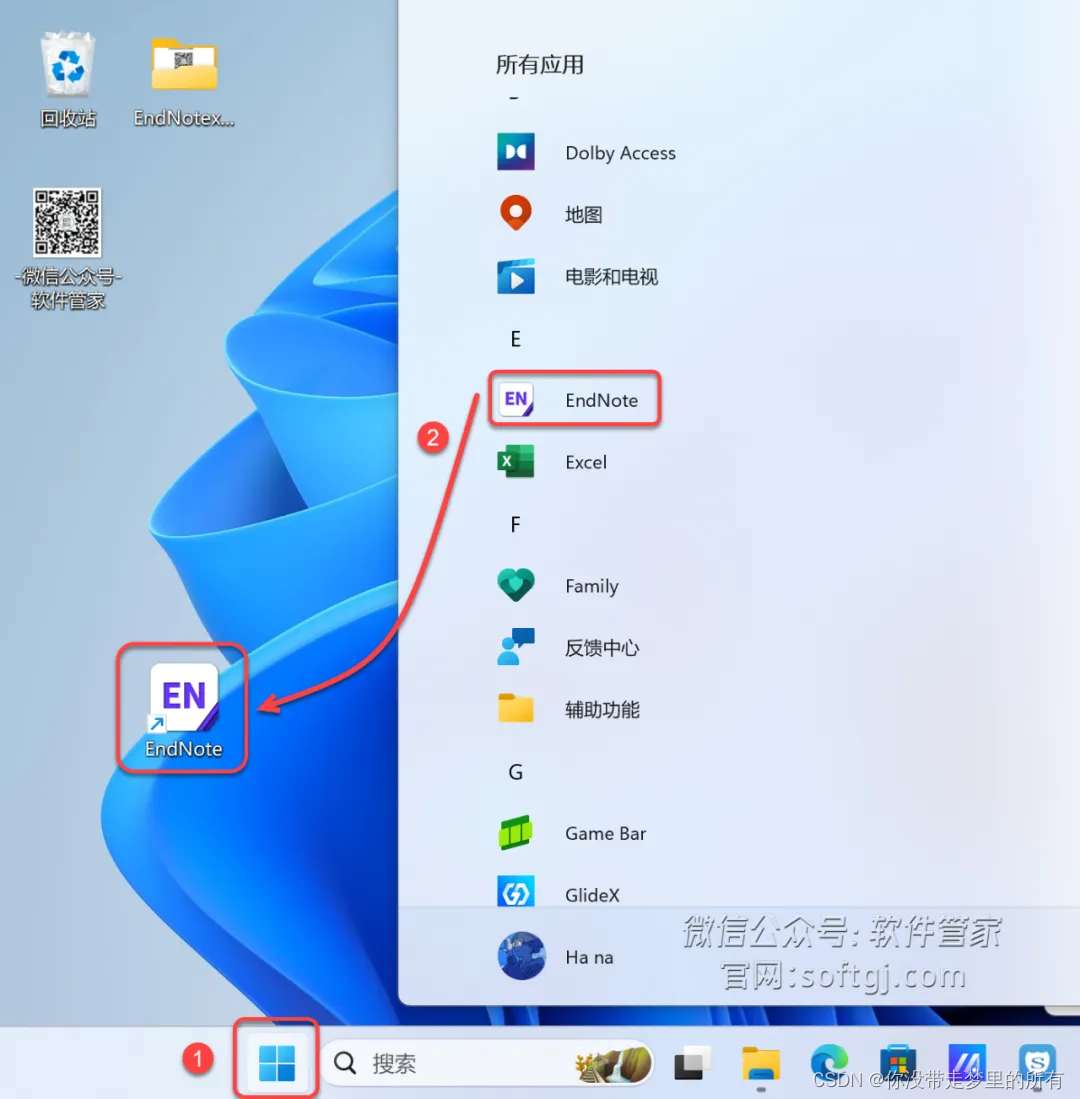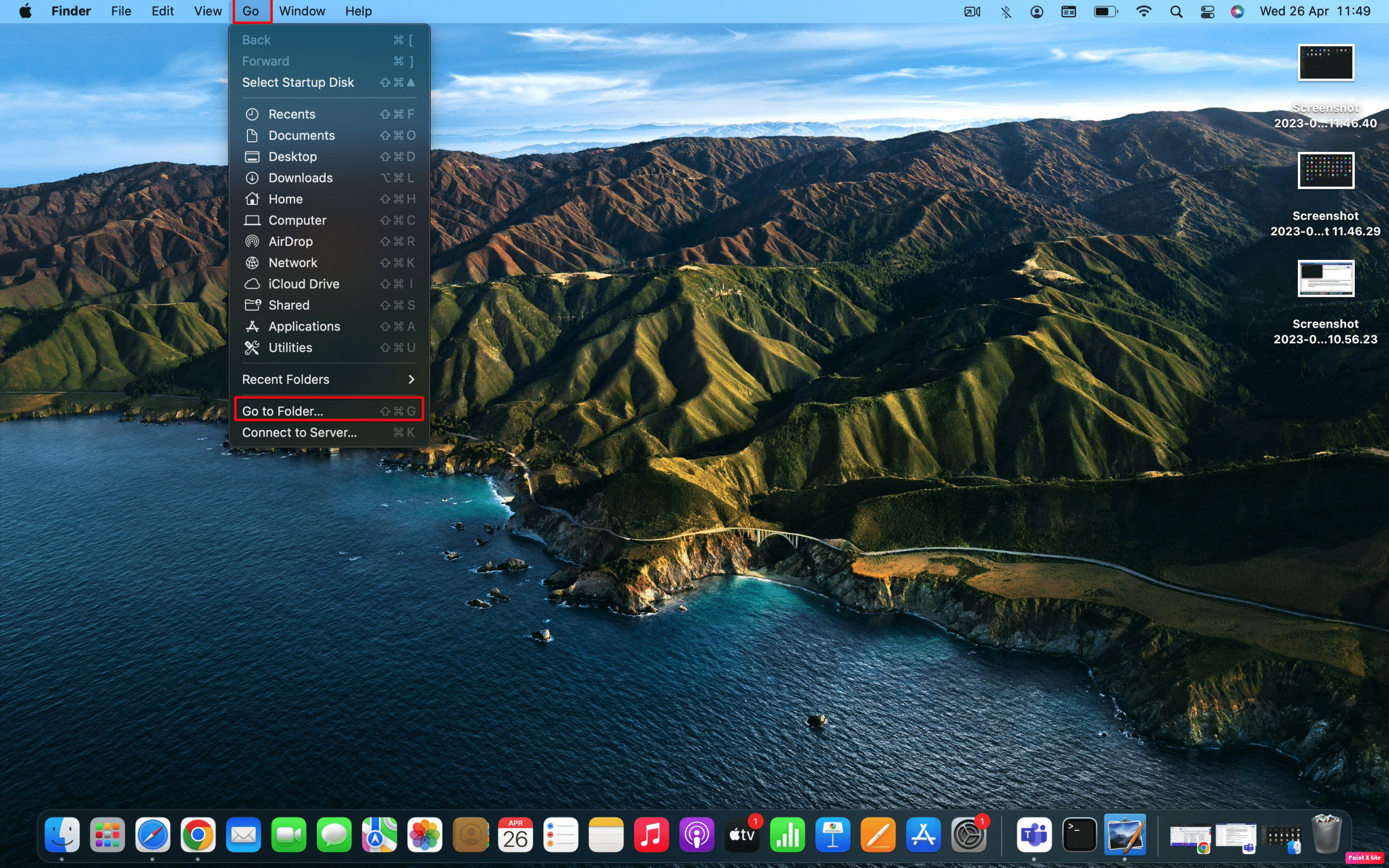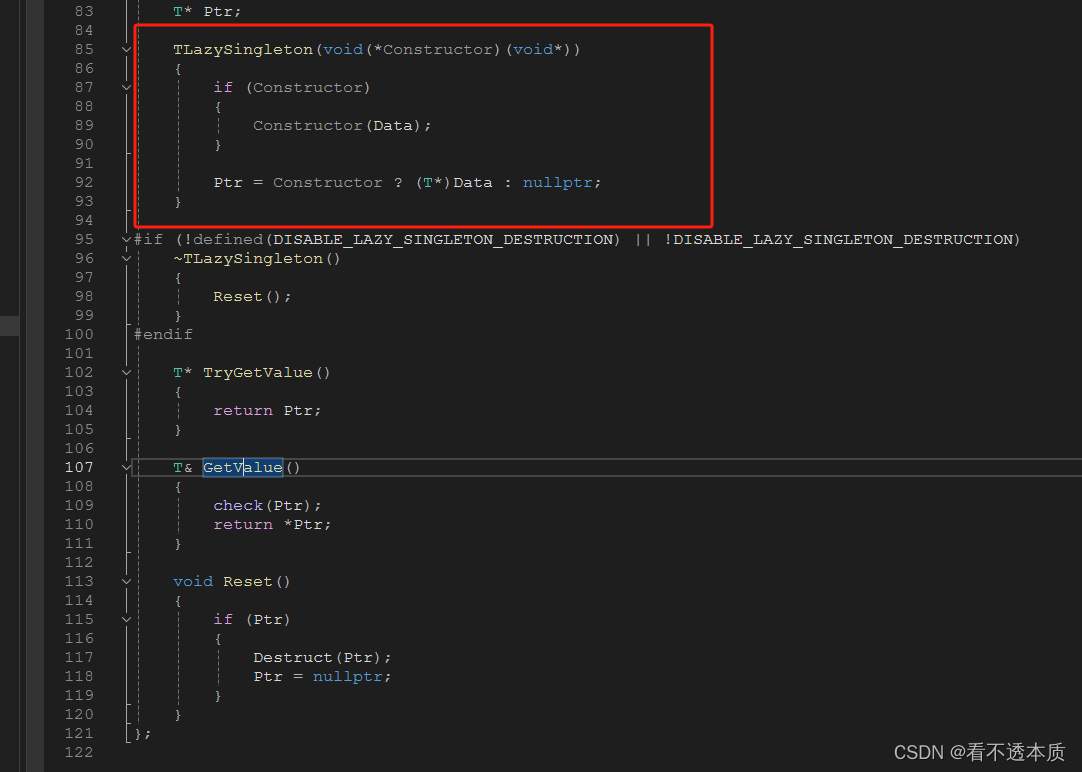准备机器
最少3台机器
centos Linux 内核:官方建议 3.10 以上
uname -r

control 一台 配置 2c 4g
worker 二台 配置 2c 4g
3台设备需要用不同的hostname,需要提前修改
hostnamectl set-hostname <新的主机名>
# 修改后执行一下命令刷新一下
su -

安装KubeSphere
依赖要求
KubeKey 可以将 Kubernetes 和 KubeSphere 一同安装。针对不同的 Kubernetes 版本,需要安装的依赖项可能有所不同。您可以参考以下列表,查看是否需要提前在节点上安装相关的依赖项
如果没有安装 socat和conntrack可以执行以下命令安装, 记住每台机器都要安装必要依赖
yum install -y socat conntrack ebtables ipset
从 GitHub Release Page 下载 KubeKey
# 如果访问githu受限可以执行以下命令
# export KKZONE=cn
# 然后在下载KubeKey
curl -sfL https://get-kk.kubesphere.io | VERSION=v3.0.13 sh -
为 kk 添加可执行权限
chmod +x kk
同时安装KubeSphere UI和Kubernates
./kk create cluster --with-kubernetes v1.22.12 --with-kubesphere v3.4.1
验证安装结果
kubectl logs -n kubesphere-system $(kubectl get pod -n kubesphere-system -l 'app in (ks-install, ks-installer)' -o jsonpath='{.items[0].metadata.name}') -f
输出信息会显示 Web 控制台的 IP 地址和端口号,默认的 NodePort 是 30880。现在,您可以使用默认的帐户和密码
(admin/P@88w0rd) 通过 :30880 访问控制台
#####################################################
### Welcome to KubeSphere! ###
#####################################################
Console: http://192.168.0.2:30880
Account: admin
Password: P@88w0rd
NOTES:
1. After you log into the console, please check the
monitoring status of service components in
"Cluster Management". If any service is not
ready, please wait patiently until all components
are up and running.
2. Please change the default password after login.
#####################################################
https://kubesphere.io 20xx-xx-xx xx:xx:xx
#####################################################
安装完成后界面如下:
添加工作(Worker)节点
1. 使用 KubeKey 检索集群信息。以下命令会创建配置文件 (sample.yaml)。
./kk create config --from-cluster
执行后文件生产路径会打印出来
2. 在配置文件中,将新节点的信息放在 hosts 和 roleGroups 之下。该示例添加了两个新节点(即 node1 和 node2)。其中 control 是文件中默认的记录和节点。打开sample.yaml文件如下:
apiVersion: kubekey.kubesphere.io/v1alpha2
kind: Cluster
metadata:
name: sample
spec:
hosts:
##You should complete the ssh information of the hosts
- {name: control, address: 192.168.1.52, internalAddress: 192.168.1.52}
## 添加2个工作节点
- {name: worker1, address: 192.168.1.25, internalAddress: 192.168.1.25, user: root, password: Ijc123;;'' }
- {name: worker2, address: 192.168.1.98, internalAddress: 192.168.1.98, user: root, password: Ijc123;;'' }
roleGroups:
etcd:
## 将control设置为etcd,没有高可用
- control
master:
## 设置master
- control
## 设置worker1和worker2为工作节点
worker:
- worker1
- worker2
controlPlaneEndpoint:
##Internal loadbalancer for apiservers
#internalLoadbalancer: haproxy
##If the external loadbalancer was used, 'address' should be set to loadbalancer's ip.
domain: lb.kubesphere.local
address: ""
port: 6443
kubernetes:
version: v1.22.12
clusterName: cluster.local
proxyMode: ipvs
masqueradeAll: false
maxPods: 110
nodeCidrMaskSize: 24
network:
plugin: calico
kubePodsCIDR: 10.233.64.0/18
kubeServiceCIDR: 10.233.0.0/18
registry:
privateRegistry: ""
3. 执行以下命令
./kk add nodes -f /root/sample.yaml
4. 安装完成后,您将能够在 KubeSphere 的控制台上查看新节点及其信息。在集群管理页面,选择左侧菜单节点下的集群节点,或者执行命令 kubectl get node 以检查更改。
$ kubectl get node
NAME STATUS ROLES AGE VERSION
master1 Ready master,worker 20d v1.17.9
node1 Ready worker 31h v1.17.9
node2 Ready worker 31h v1.17.9
此时UI可看到新加入集群的node


